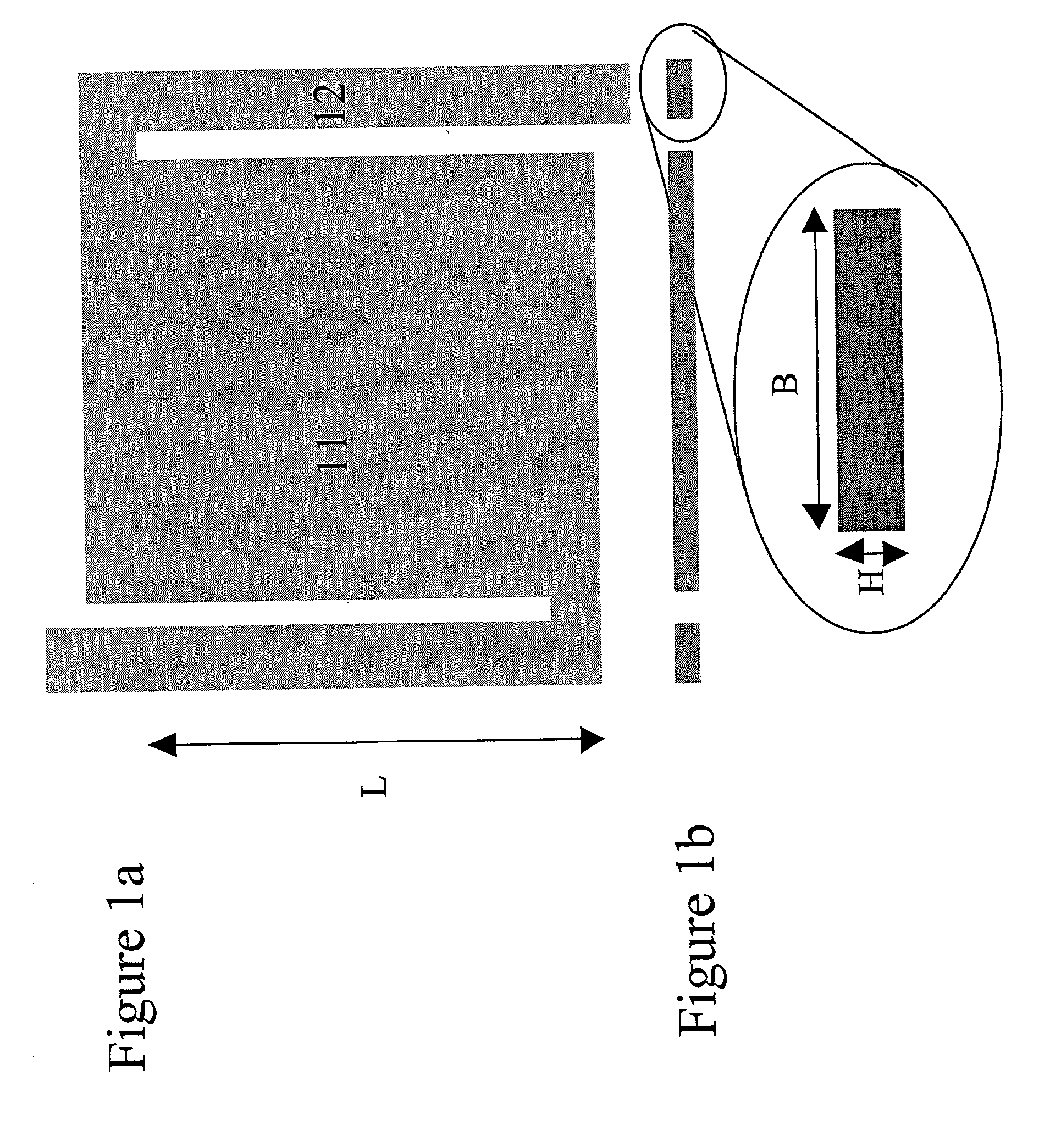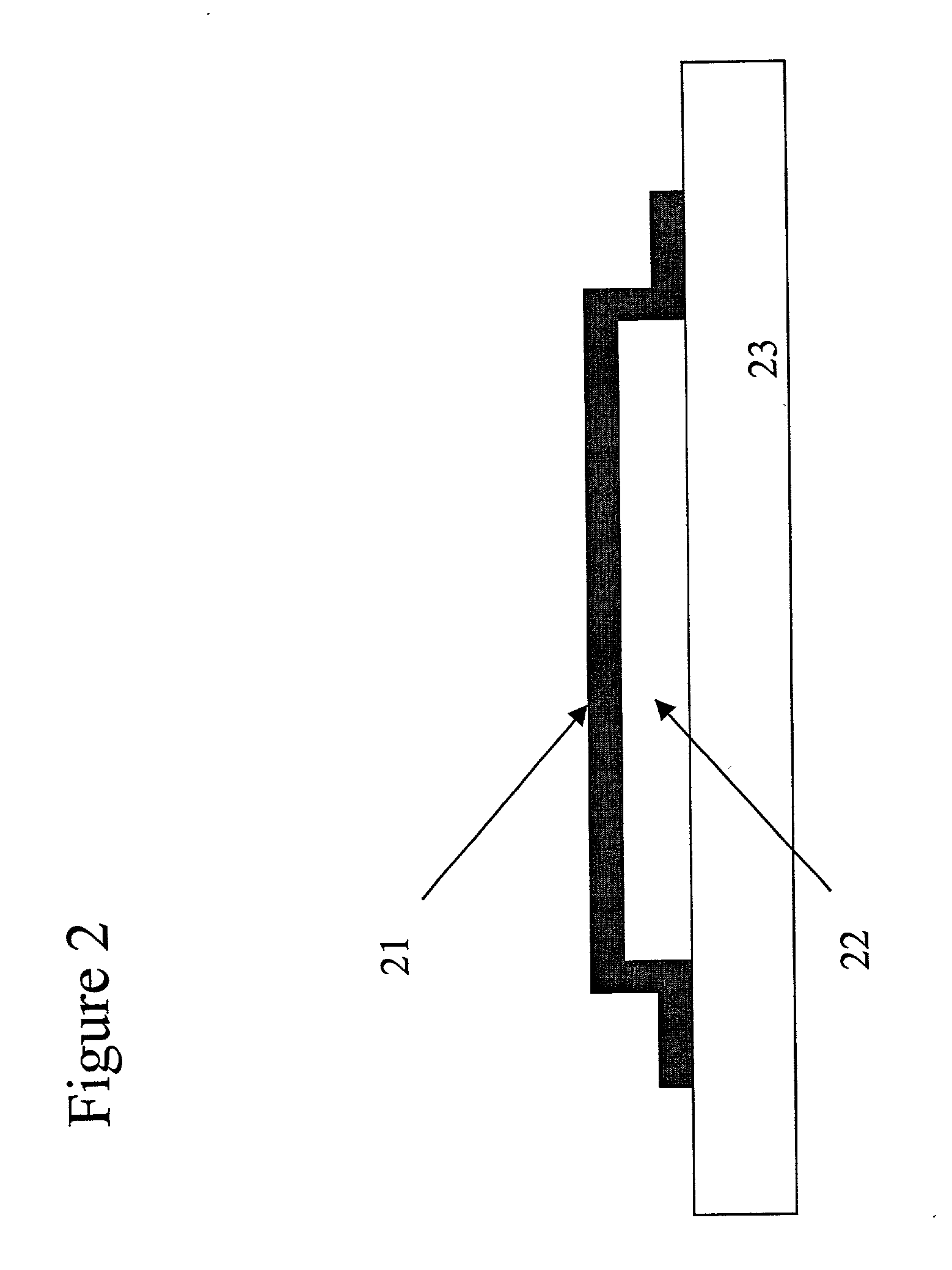Method for improving mechanical strength in micro electro mechanical systems and devices produced thereof
a mechanical system and micro-electrostrictive technology, applied in microstructural technology, piezoelectric/electrostrictive devices, renewable energy products, etc., can solve the problems of imposing restrictions on meeting simultaneously both types of specifications, affecting the mechanical strength of the planar element, and causing a large yield loss, so as to improve the mechanical strength of the planar element, and improve the effect of bending or lateral forces
- Summary
- Abstract
- Description
- Claims
- Application Information
AI Technical Summary
Benefits of technology
Problems solved by technology
Method used
Image
Examples
Embodiment Construction
[0040] For the purpose of teaching of the invention, preferred embodiments of the method are described in the sequel. The present invention will be described with respect to certain embodiments and drawings. It will however be apparent to the person skilled in the art that other alternatives and equivalents or embodiments of the invention or combinations thereof can be conceived and reduced to practice without departing from the true spirit of the invention as defined in the attached claims. Dimensions are given in micrometers, using the symbols micron or .mu.m, or in square micrometer, using the symbol .mu.m.sup.2.
[0041] The mechanical stability of the MEMS devices needs to be improved because this improvement can result in larger production and packaging yield, as the device can withstand mechanical shocks and loads better, for example during handling. Mechanical stability can also lead to a better operation of the device, as the device has a higher resistance to external mechanic...
PUM
 Login to View More
Login to View More Abstract
Description
Claims
Application Information
 Login to View More
Login to View More - R&D
- Intellectual Property
- Life Sciences
- Materials
- Tech Scout
- Unparalleled Data Quality
- Higher Quality Content
- 60% Fewer Hallucinations
Browse by: Latest US Patents, China's latest patents, Technical Efficacy Thesaurus, Application Domain, Technology Topic, Popular Technical Reports.
© 2025 PatSnap. All rights reserved.Legal|Privacy policy|Modern Slavery Act Transparency Statement|Sitemap|About US| Contact US: help@patsnap.com



